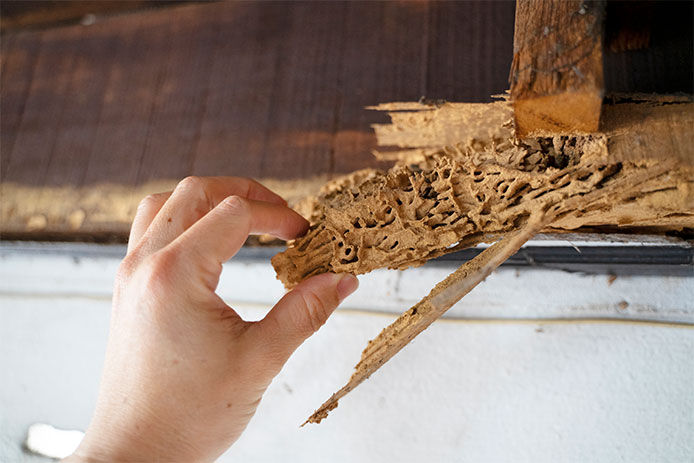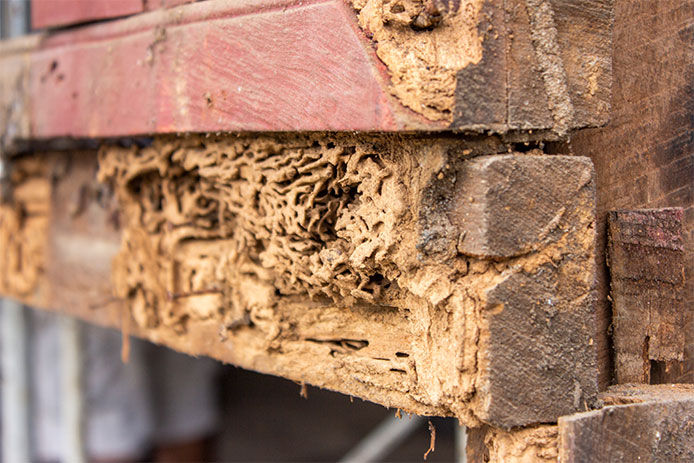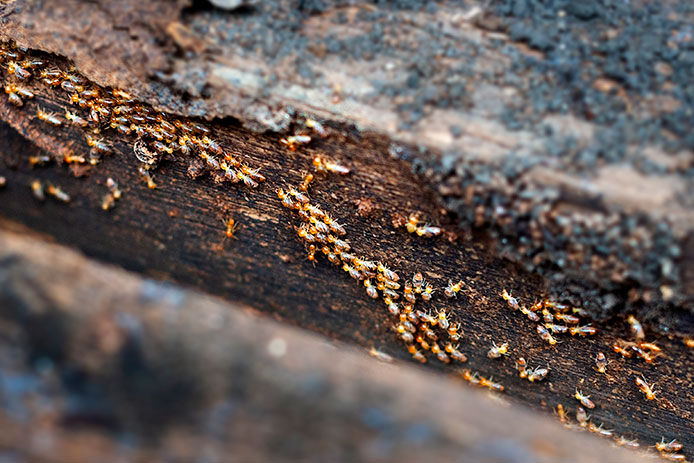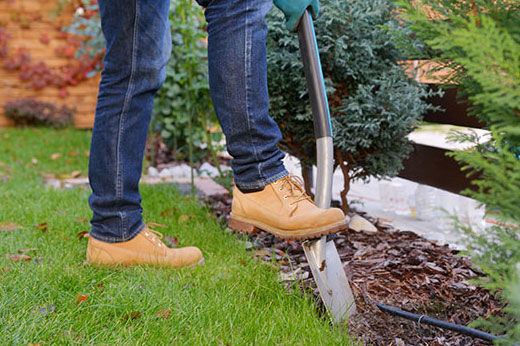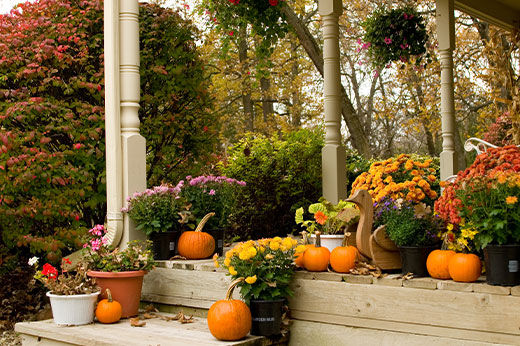Termites don’t live in the wood but rather build long and surprisingly flexible tubes of mud. They can be pressed up against vertical surfaces made of wood, such as piers or supports under the house, or dangling from floor joists. Inspecting a crawlspace for signs of mud tubes that almost resemble tree roots will help you catch termite infestations in progress.
While do-it-yourself projects can be fun and fulfilling, there is always a potential for personal injury or property damage. We strongly suggest that any project beyond your abilities be left to licensed professionals such as electricians, plumbers, and carpenters. Any action you take upon the information on this website is strictly at your own risk, and we assume no responsibility or liability for the contents of this article.

